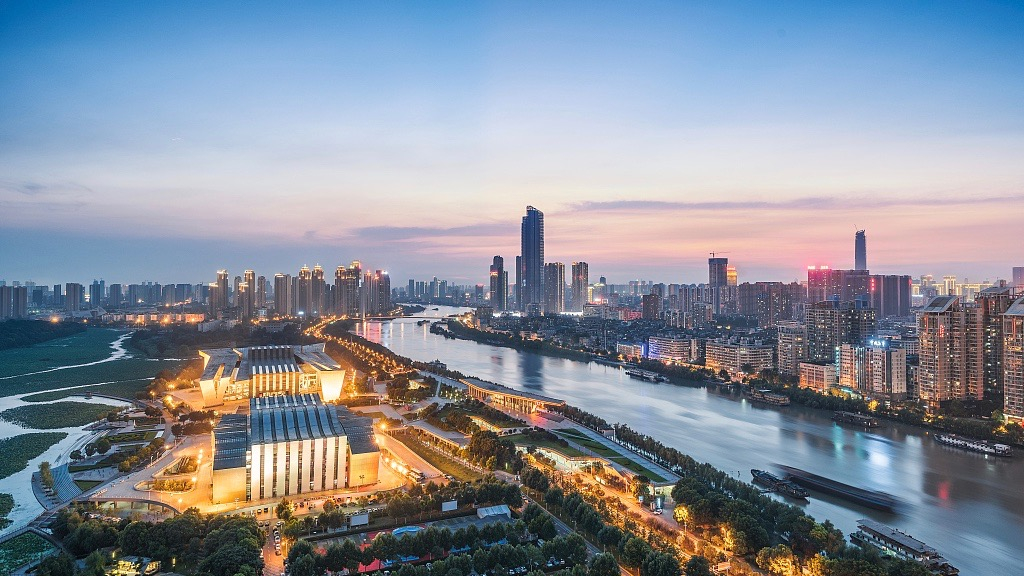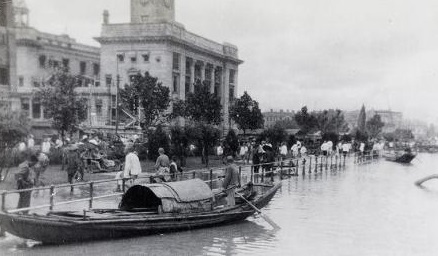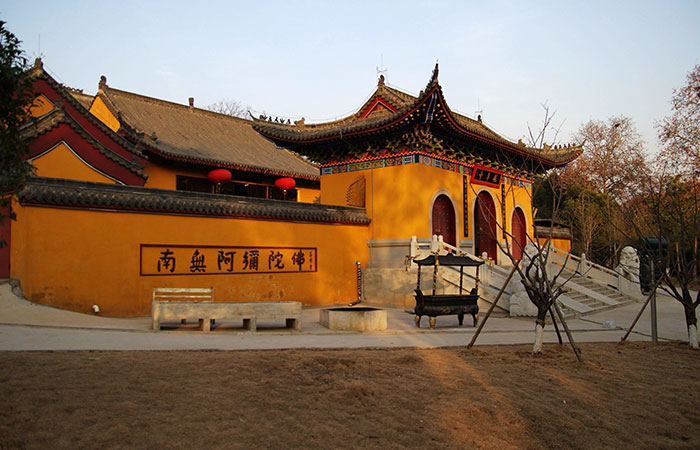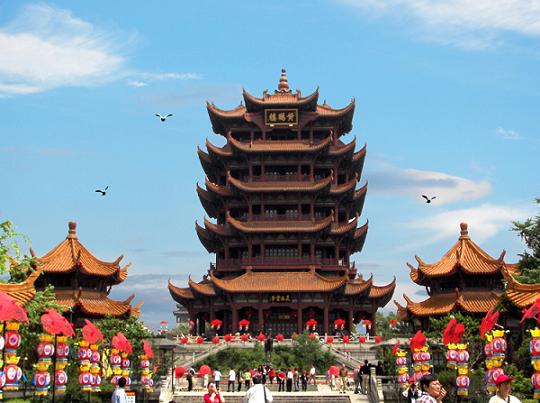Around the World Staycation Series – Wuhan

Wuhan is the capital and a major industrial and commercial city of the Hubei sheng (province), in China. It is located at the confluence of the Han and Yangtze rivers and consists of a conurbation of three adjacent former cities—Hankou (Hankow), Hanyang, and Wuchang. Hankou lies on the north bank of the Yangtze River (Chang Jiang) at the mouth of the Han River.

Immediately across the Han from it is the older town of Hanyang, and across from these two, on the south bank of the Yangtze, is the ancient metropolis of Wuchang, which is the seat of the provincial government. In 1949 the government of the newly formed People’s Republic of China merged the three cities into the single entity of Wuhan. The triple city of Wuhan has a geographical centrality that gives its site immense strategic and commercial significance.
History
The earliest settlement in the area, during the Xi (Western) Zhou period (1046–771 BCE), was to the southeast of Wuchang, which became a capital city of the Wu dynasty during the Three Kingdoms (Sanguo) period (220–280 CE). The primarily administrative role of Wuchang continued throughout the Yuan (1206–1368) and Ming (1368–1644) dynasties, when it served as a provincial capital. Hanyang was founded during the Sui dynasty (581–618 CE) but was of minor commercial significance.

In contrast, Hankou (then known as Xiakou) became known during the Song dynasty (960–1279) as one of China’s four major commercial cities. The opening of Hankou to foreign trade under the terms of the treaties of Tianjin (1858) between China, France, and Great Britain gave added impetus to the commercial and industrial development of the three cities. Concessions in Hankou were granted between 1861 and 1896 to British, French, German, Japanese, and Russian interests, and a number of foreign commercial, trading, and shipping firms opened offices there during that period.

At the beginning of the 20th century, Wuhan became the epicenter of China’s history. More specifically, Wuchang, one of Wuhan’s original three cities. On October 10, 1911, Chiang Kai-Shek took arms in what would be called the Wuchang Uprising. It was the beginning of the Xinhai Revolution against the Qing Dynasty that ended the kingdom. Since the revolution was successful, other provinces soon followed. By January 1st 1912, 18 provinces seceded from China and formed the Republic of China. The Qing Dynasty officially abdicated the following month. In 1927, Hankou, Wuchang, and Hanyang were merged together to form the city of Wuhan. In 1938, Wuhan was captured by Japan and made it a major military base.
Culture
Wuhan is rich in culture and history. The historic relics tell the city’s long history dating back 3,500 years. The city has long been celebrated for its contribution to the arts and is the proud home of the Yellow Crane Tower; a building which inspired the work of the renowned Tang Dynasty poet, Cui Hao.

For centuries, this city has been the center of trade and transportation in central China. Nowadays, it is an important hub in central China and a feature of Yangtze River cruises for sightseers and businessmen traveling. The population of the city has reached 7.8 million, with as many as fifty nationalities including Han, Hui, Tujia, Manchu, Zhuang and Miao among others.

Wuhan consists of three parts: Wuchang, Hankou and Hanyang, which are divided by Yangtze River and Han River. Each part has its own major municipal function:
- Wuchang is the culture center and where a lot of universities are located
- Hankou belongs to a commerce center, which is the most prosperous and busy in Wuhan
- Hanyang is the industrial base of the city, which embodies the development of Wuhan.

Cuisine
With the rich fresh water resources, Hubei has a flourishing fishing industry and the local cuisine, known as “E Cuisine”. It is known as one of the noted Ten Cuisines in China. Its fresh water fish dishes are well known and dominate 80% of the menus at the restaurants in Wuhan.

Different from either sweet Cantonese food or hot spicy Sichuan cuisine, Hubei cuisine features lightly spiced flavoring and strong tastes, delicious soups and delicate fish dishes. With a history of over 1,700 years, Steamed Wuchang Fish is a typical food in Wuhan. This freshwater fish, when steamed together with mushrooms, bamboo shoots and chicken soup, keeps both the original fresh taste of the fish and the nutrients.
Also popular are Hubei noodles, also known as Hot Dry noodles. They are a popular breakfast dish in the region.

If you would like to learn more about this incredible city, its history and cuisine, check out these sites:
https://www.britannica.com/place/Wuhan
https://www.travelchinaguide.com/cityguides/wuhan.htm
https://www.discoverchinatours.com/travel-guide/wuhan/feature-food.html
